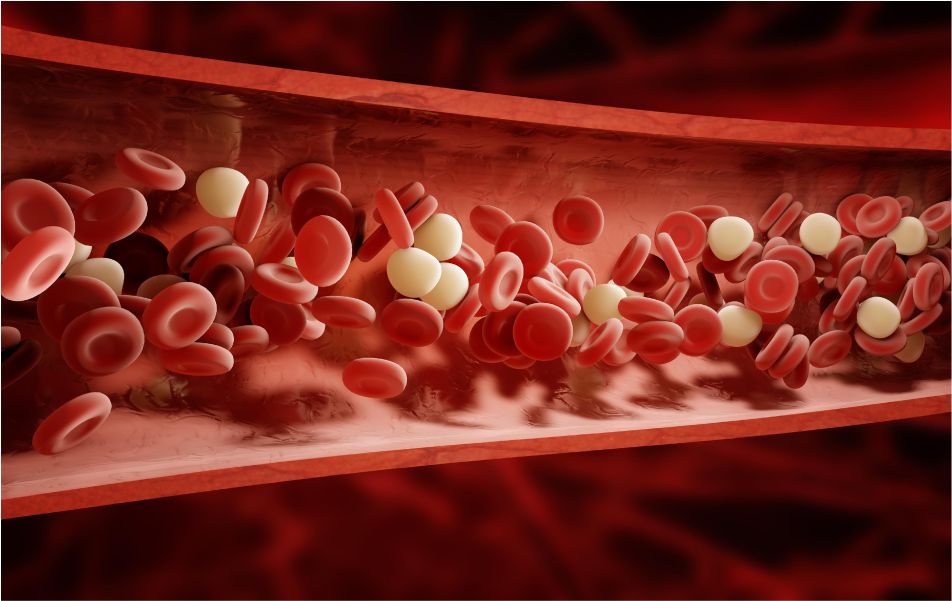About Bleeding Disorders
In people with bleeding disorders, the blood clotting process doesn’t work properly, with the result that they can bleed for longer than normal, and some people may experience spontaneous bleeding into joints, muscles, or other parts of their bodies which can lead to developmental and permanent mobility issues.


INHERITED BLEEDING DISORDERS
The clotting processs in people with bleeding disorders doesn’t work properly. As a result, they can bleed for longer than normal, and some may experience spontaneous bleeding into joints, muscles, or other parts of their bodies.
Most bleeding disorders are present at birth (i.e., inherited). Rarely, do some people develop (or acquire) a bleeding disorder later in life.
The most common bleeding disorder is von Willebrand disease (VWD), where 1 out of 1,000 individuals are affected and require medical attention for bleeding (ASH ISTH NHF WFH 2021 guidelines on the diagnosis of von Willebrand disease, 2021). However, it is generally less severe than other bleeding disorders. Many people with VWD may not know that they have the disorder because their bleeding symptoms are very mild.
Rare clotting factor deficiencies are disorders in which one of several clotting factors is missing or not working properly. Less is known about these disorders because they are diagnosed so rarely.
Finally, inherited platelet disorders are conditions in which platelets don’t work the way they should, resulting in a tendency to bleed or bruise.
VON WILLEBRAND DISEASE
von Willebrand disease (VWD) is the most common type of bleeding disorder. People with VWD have a problem with a protein in their blood called von Willebrand factor (VWF) that helps control bleeding. When a blood vessel is injured and bleeding occurs, VWF helps cells in the blood, called platelets, mesh together and form a clot to stop the bleeding. People with VWD do not have enough VWF, or it does not work the way it should. It takes longer for blood to clot and for bleeding to stop.
VWD is generally less severe than other bleeding disorders. Many people with VWD may not know that they have the disorder because their bleeding symptoms are very mild. For most people with VWD, the disorder causes little or no disruption to their lives except when there is a serious injury or need for surgery. However, with all forms of VWD, there can be bleeding problems.
It is estimated that up to 1% of the world’s population suffers from VWD, but because many people have only very mild symptoms, only a small number of them know they have it. Research has shown that as many as 9 out of 10 people with VWD have not been diagnosed.
RARE CLOTTING FACTOR DEFICIENCIES
Rare clotting factor deficiencies are a group of inherited bleeding disorders caused by a problem with one or several clotting factors.
Clotting factors are proteins in the blood that control bleeding. Many different clotting factors work together in a series of chemical reactions to stop bleeding. This is called the clotting process.
Problems with factor VIII and factor IX are known as hemophilia A and B, respectively. Rare clotting factor deficiencies are bleeding disorders in which one of the other clotting factors (i.e. factors I, II, V, V + VIII, VII, X, XI, or XIII) is missing or not working properly. Less is known about these disorders because they are diagnosed so rarely. In fact, many have only been discovered in the last 40 years.
INHERITED PLATELET DISORDERS
Platelets are small cells that circulate in the blood. They are involved in the formation of blood clots and the repair of damaged blood vessels.
When a blood vessel is injured, platelets stick to the damaged area and spread along the surface to stop the bleeding (this process is called adhesion). At the same time, chemical signals are released from small sacks inside the platelets called granules (this process is called secretion). These chemicals attract other platelets to the site of injury and make them clump together to form what is called a platelet plug (this process is called aggregation).
Sometimes the platelet plug is enough to stop the bleeding. However if the wound is large, other proteins called clotting factors are recruited to the site of injury. These clotting factors work together on the surface of the platelets to form and strengthen the blood clot.
